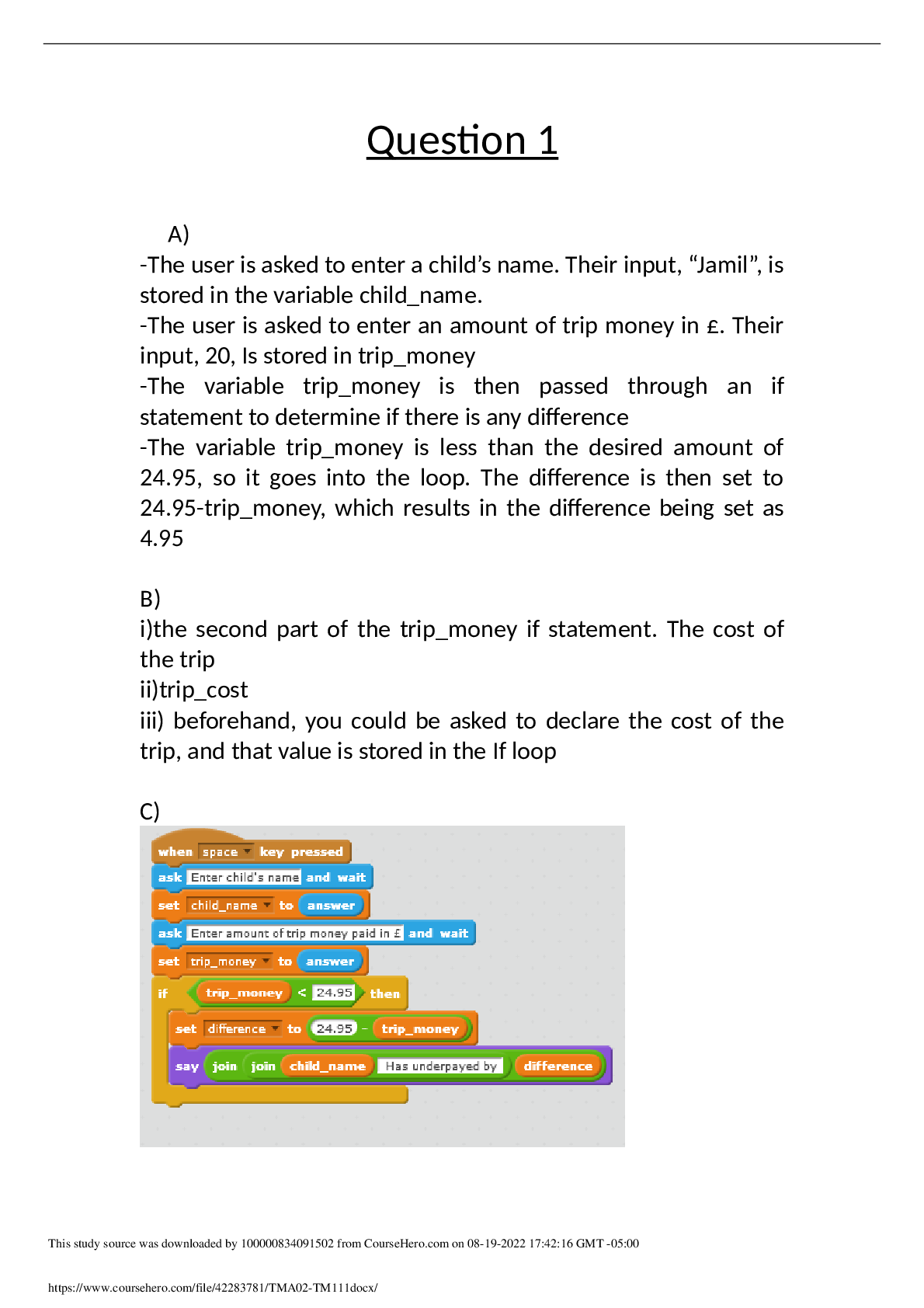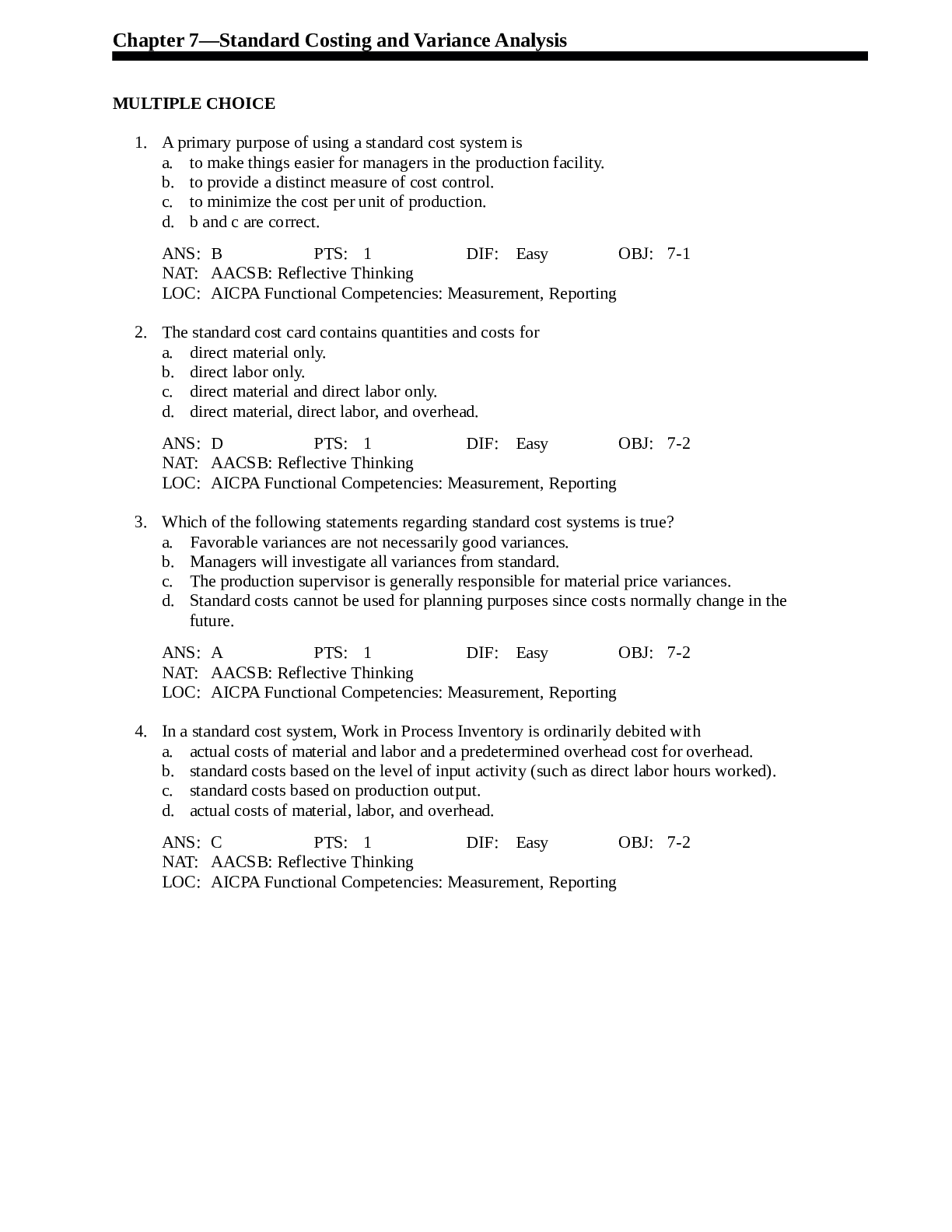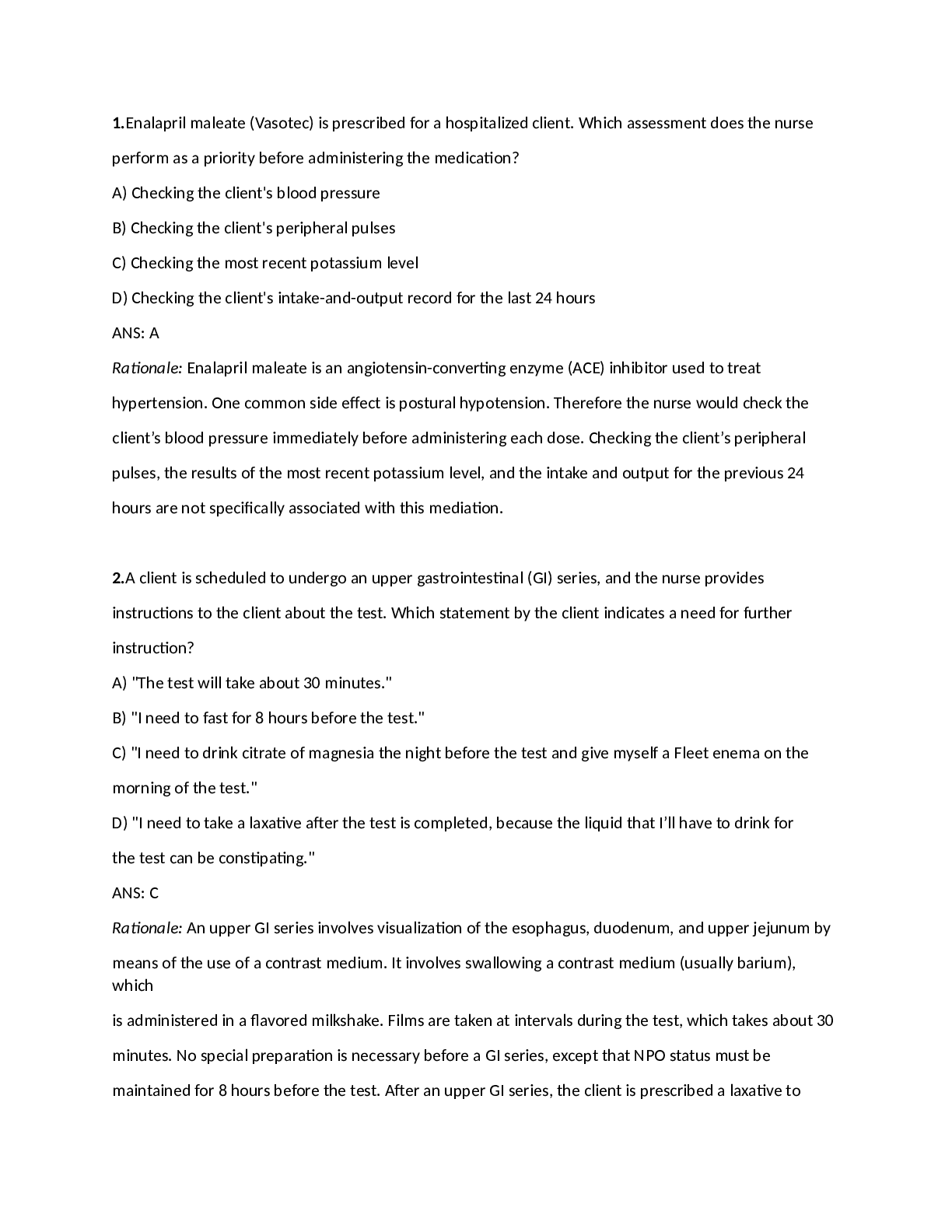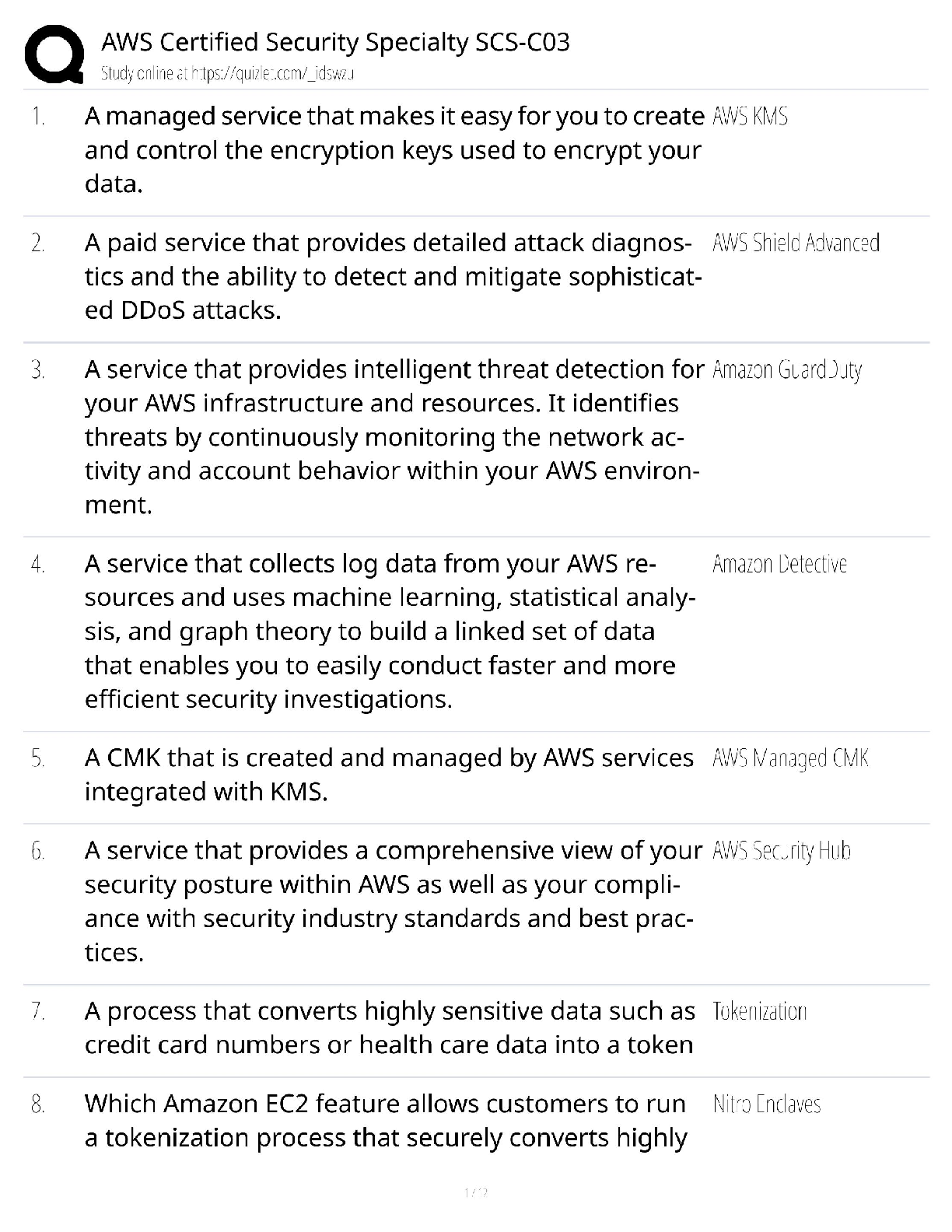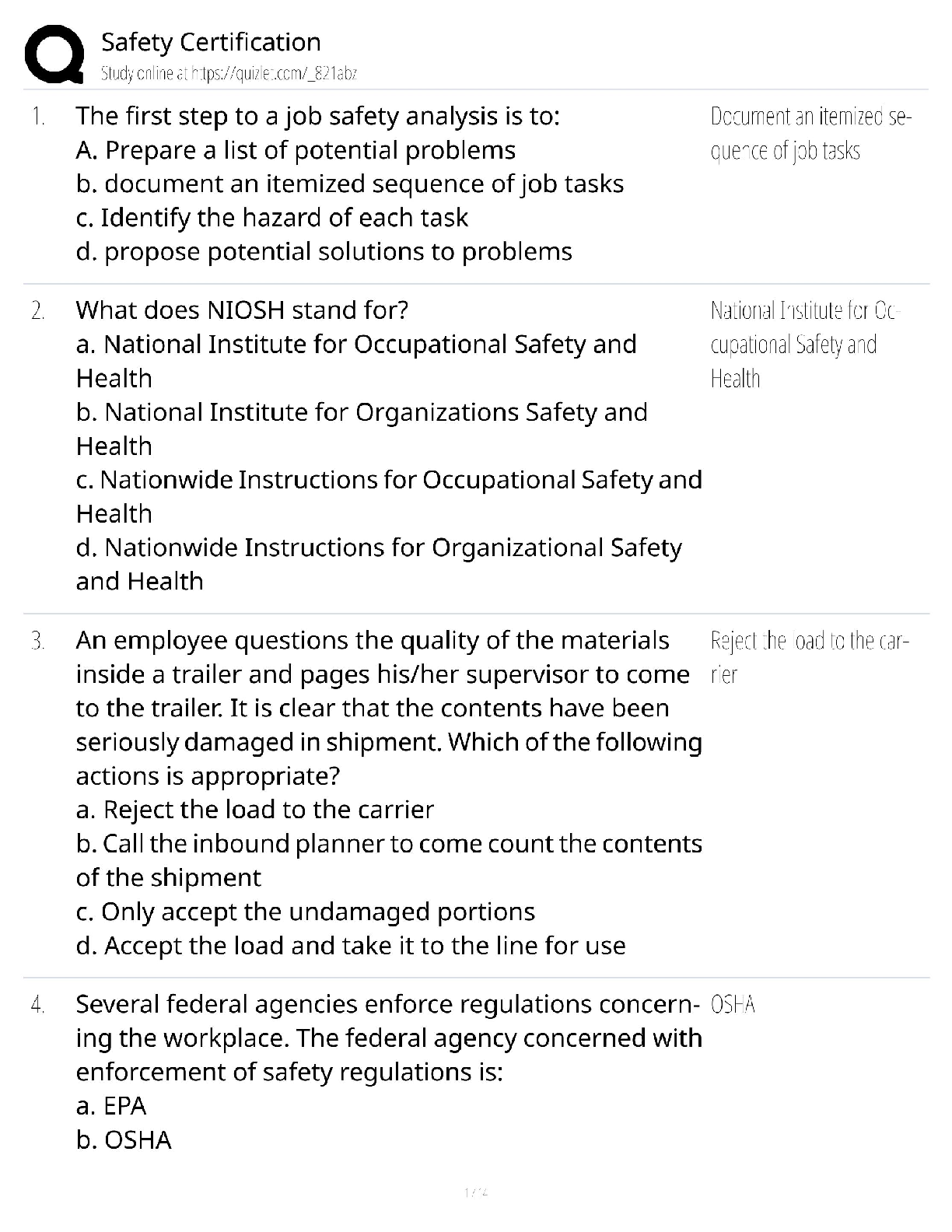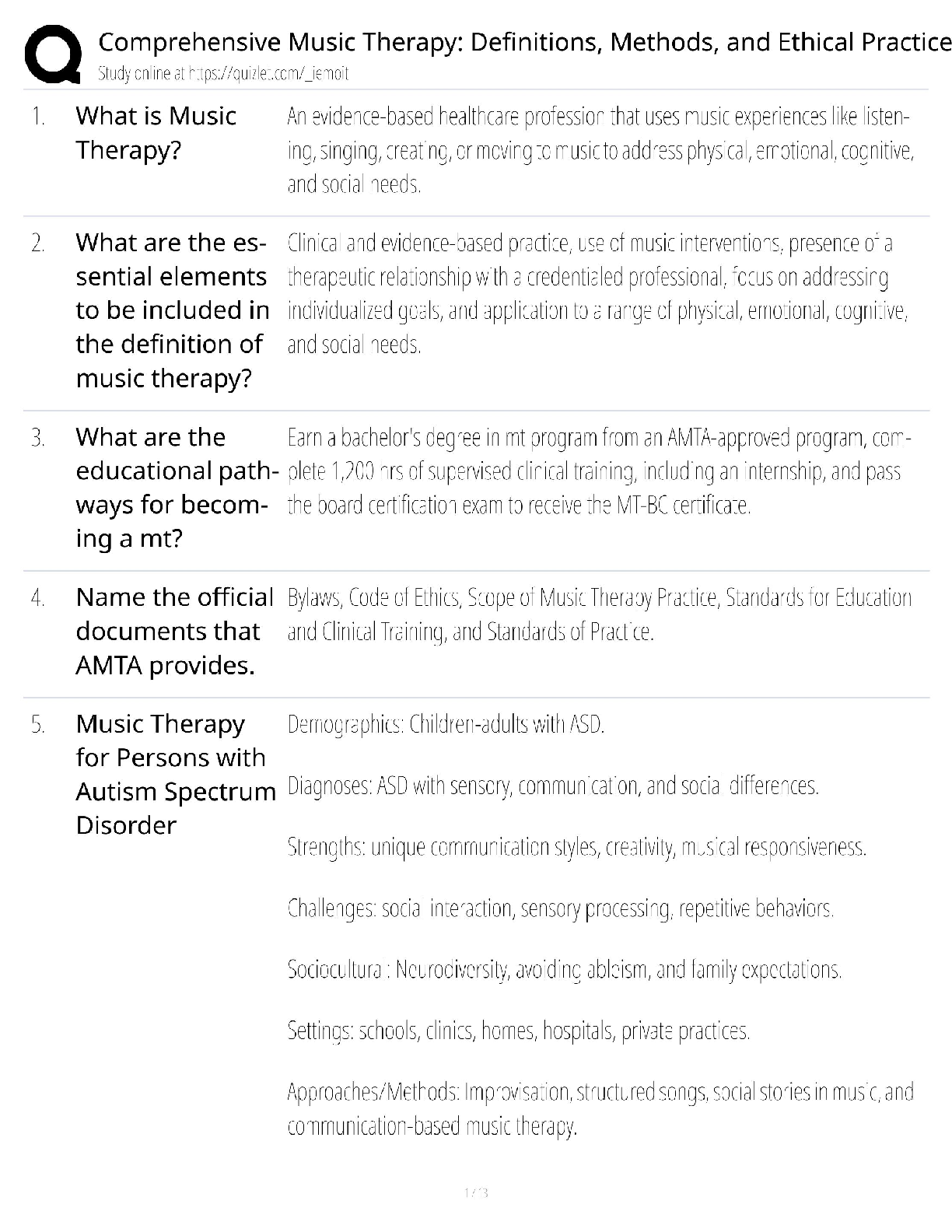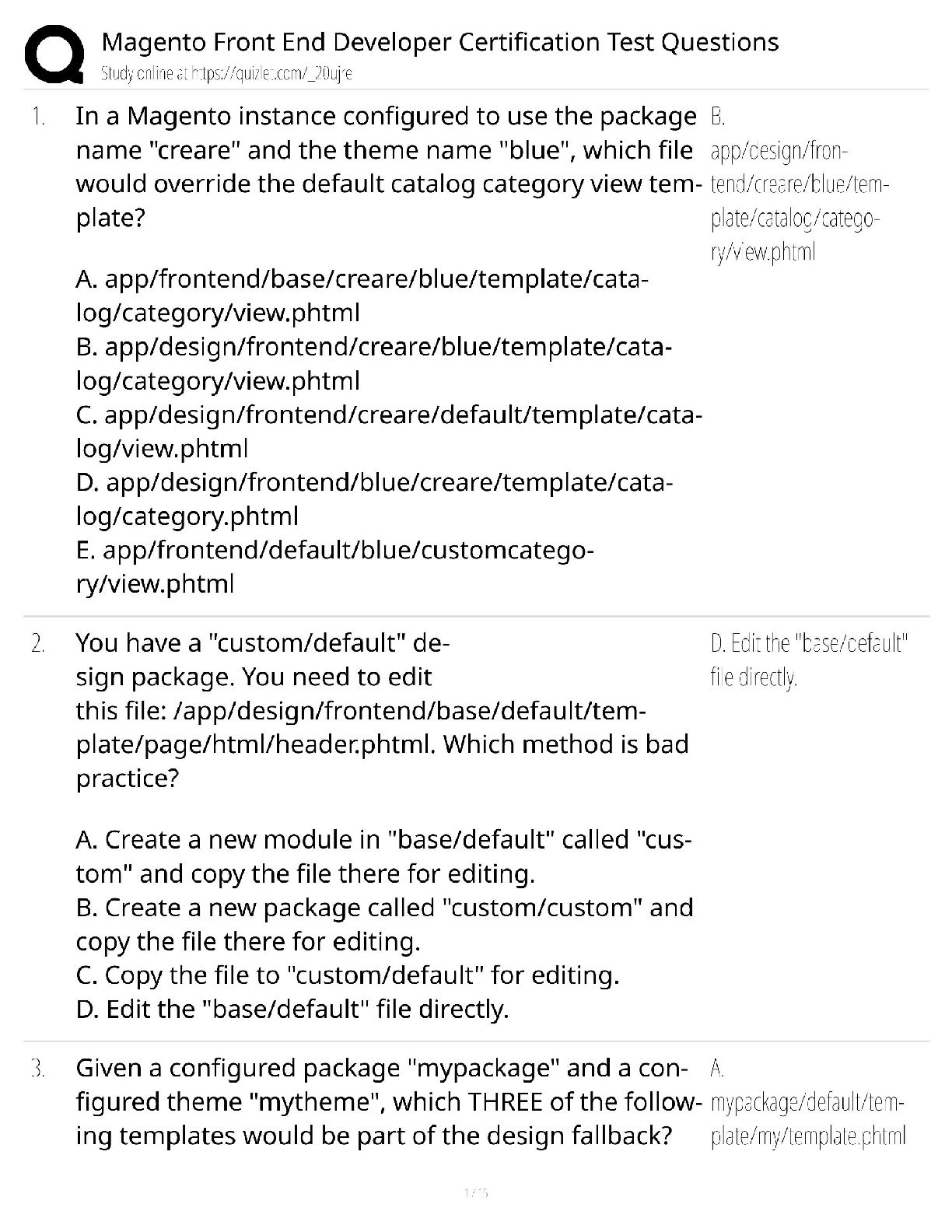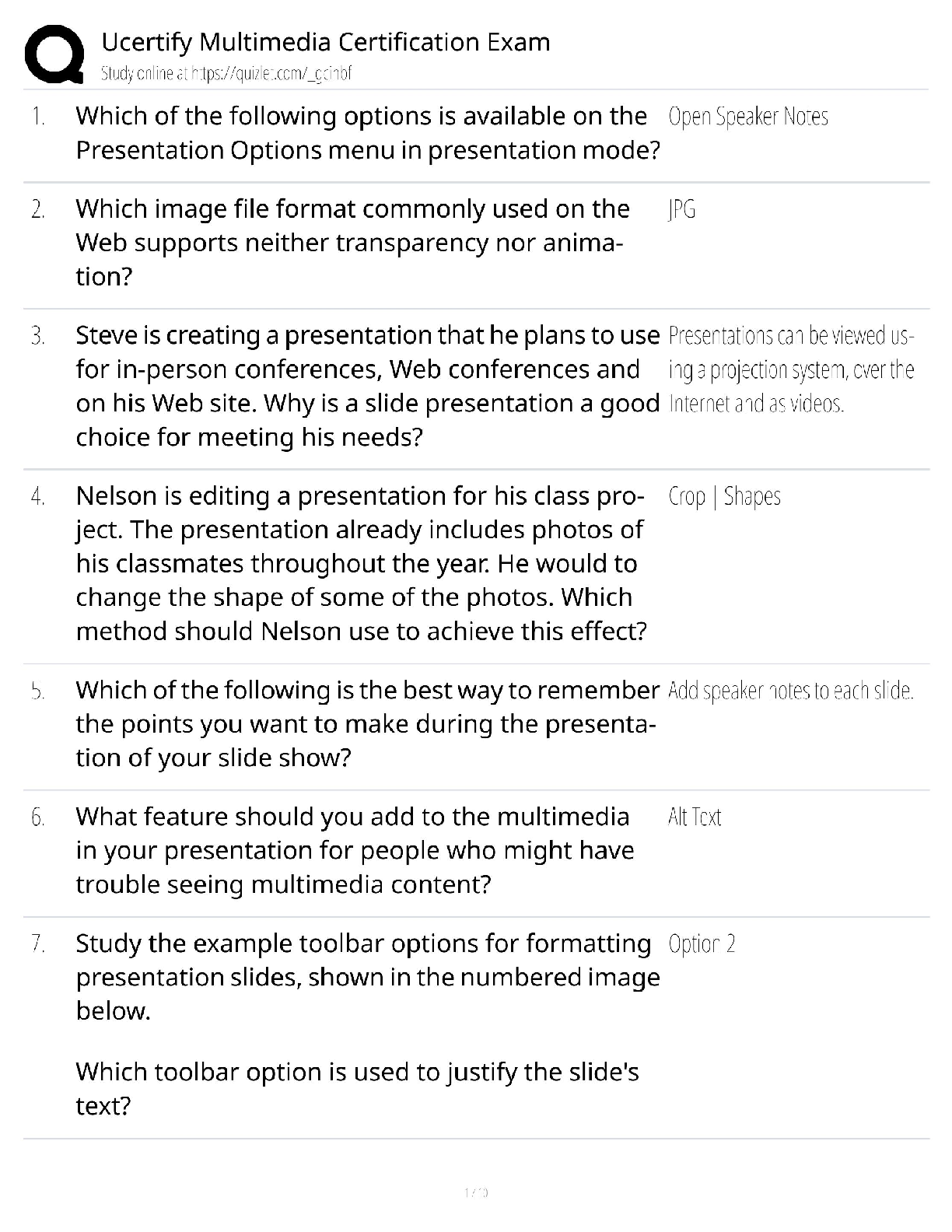ACCT. J00025828361 Chapter 7 MC Solutions Standard Costing and Variance Analysis ( ALL ANSWERS 100% CORRECT )
Document Content and Description Below
Chapter 7—Standard Costing and Variance Analysis
MULTIPLE CHOICE
1. A primary purpose of using a standard cost system is
a. to make things easier for managers in the production facility.
b. to p
...
rovide a distinct measure of cost control.
c. to minimize the cost per unit of production.
d. b and c are correct.
ANS: B PTS: 1 DIF: Easy OBJ: 7-1
NAT: AACSB: Reflective Thinking
LOC: AICPA Functional Competencies: Measurement, Reporting
2. The standard cost card contains quantities and costs for
a. direct material only.
b. direct labor only.
c. direct material and direct labor only.
d. direct material, direct labor, and overhead.
ANS: D PTS: 1 DIF: Easy OBJ: 7-2
NAT: AACSB: Reflective Thinking
LOC: AICPA Functional Competencies: Measurement, Reporting
3. Which of the following statements regarding standard cost systems is true?
a. Favorable variances are not necessarily good variances.
b. Managers will investigate all variances from standard.
c. The production supervisor is generally responsible for material price variances.
d. Standard costs cannot be used for planning purposes since costs normally change in the
future.
ANS: A PTS: 1 DIF: Easy OBJ: 7-2
NAT: AACSB: Reflective Thinking
LOC: AICPA Functional Competencies: Measurement, Reporting
4. In a standard cost system, Work in Process Inventory is ordinarily debited with
a. actual costs of material and labor and a predetermined overhead cost for overhead.
b. standard costs based on the level of input activity (such as direct labor hours worked).
c. standard costs based on production output.
d. actual costs of material, labor, and overhead.
ANS: C PTS: 1 DIF: Easy OBJ: 7-2
NAT: AACSB: Reflective Thinking
LOC: AICPA Functional Competencies: Measurement, ReportingChapter 7 2
5. A standard cost system may be used in
a. job order costing, but not process costing.
b. process costing, but not job order costing.
c. either job order costing or process costing.
d. neither job order costing nor process costing.
ANS: C PTS: 1 DIF: Easy OBJ: 7-1
NAT: AACSB: Reflective Thinking
LOC: AICPA Functional Competencies: Measurement, Reporting
6. Standard costs may be used for
a. product costing.
b. planning.
c. controlling.
d. all of the above.
ANS: D PTS: 1 DIF: Easy OBJ: 7-1
NAT: AACSB: Reflective Thinking
LOC: AICPA Functional Competencies: Measurement, Reporting
7. A purpose of standard costing is to
a. replace budgets and budgeting.
b. simplify costing procedures.
c. eliminate the need for actual costing for external reporting purposes.
d. eliminate the need to account for year-end underapplied or overapplied manufacturing
overhead.
ANS: B PTS: 1 DIF: Easy OBJ: 7-1
NAT: AACSB: Reflective Thinking
LOC: AICPA Functional Competencies: Measurement, Reporting
8. Standard costs
a. are estimates of costs attainable only under the most ideal conditions.
b. are difficult to use with a process costing system.
c. can, if properly used, help motivate employees.
d. require that significant unfavorable variances be investigated, but do not require that
significant favorable variances be investigated.
ANS: C PTS: 1 DIF: Easy OBJ: 7-1
NAT: AACSB: Reflective Thinking
LOC: AICPA Functional Competencies: Measurement, Reporting
9. A bill of material does not include
a. quantity of component inputs.
b. price of component inputs.
c. quality of component inputs.
d. type of product output.
ANS: B PTS: 1 DIF: Easy OBJ: 7-2
NAT: AACSB: Reflective Thinking
LOC: AICPA Functional Competencies: Measurement, ReportingChapter 7 3
10. An operations flow document
a. tracks the cost and quantity of material through an operation.
b. tracks the network of control points from receipt of a customer's order through the delivery
of the finished product.
c. specifies tasks to make a unit and the times allowed for each task.
d. charts the shortest path by which to arrange machines for completing products.
ANS: C PTS: 1 DIF: Moderate OBJ: 7-2
NAT: AACSB: Reflective Thinking
LOC: AICPA Functional Competencies: Measurement, Reporting
[Show More]
Last updated: 3 years ago
Preview 1 out of 45 pages
